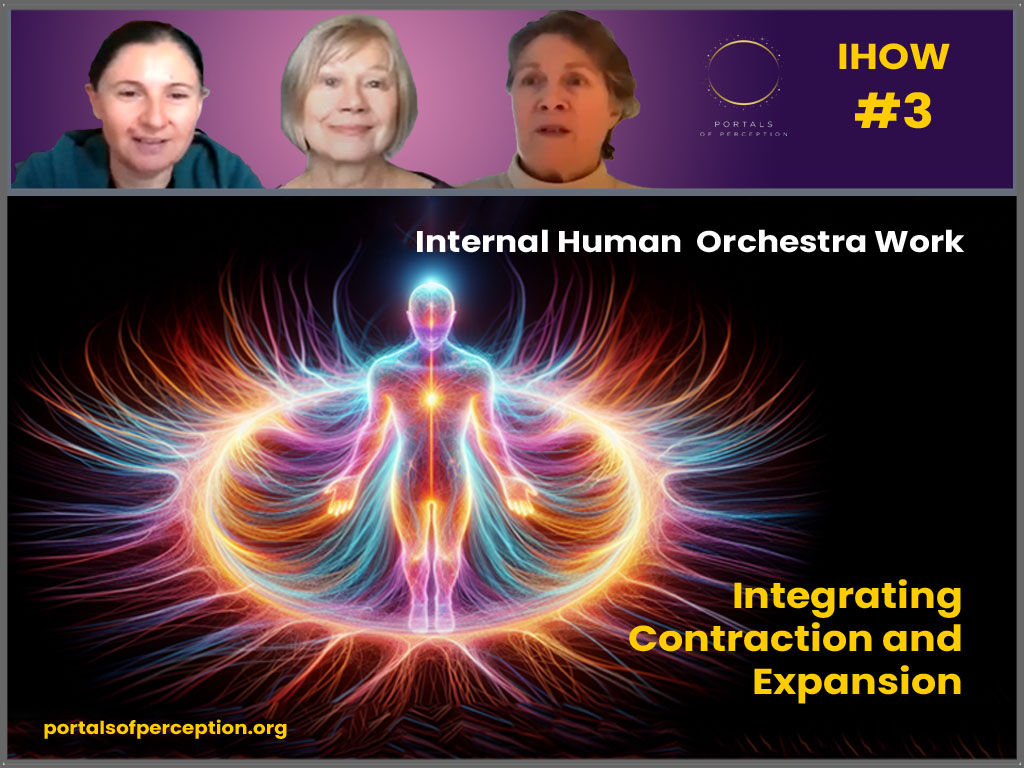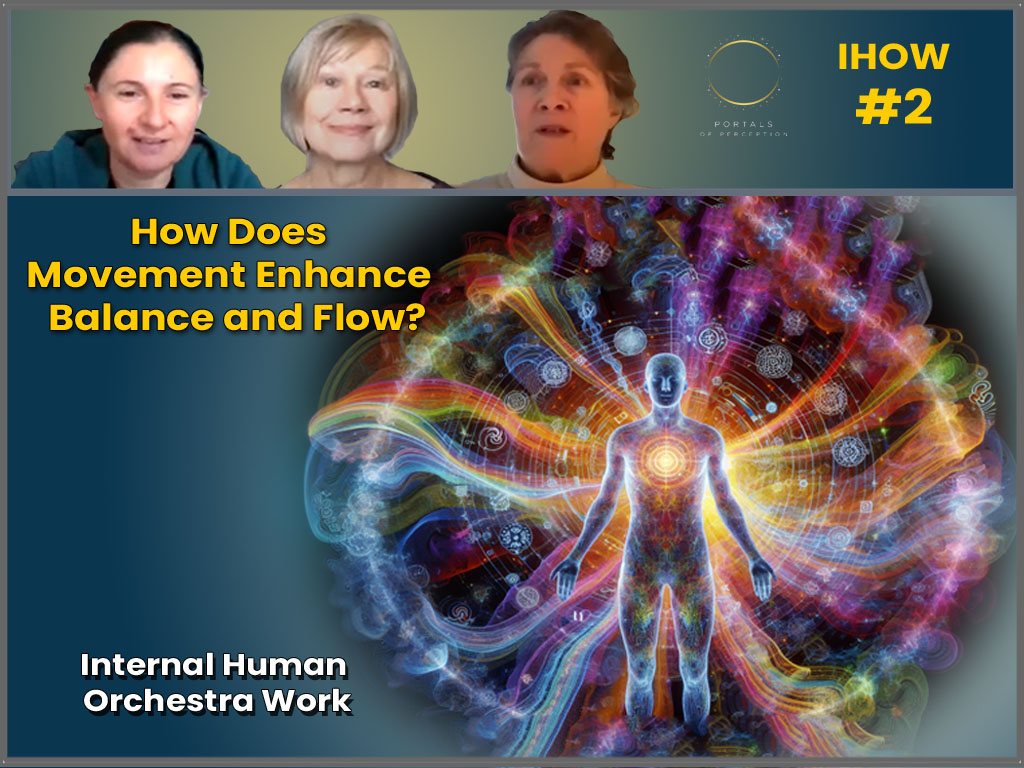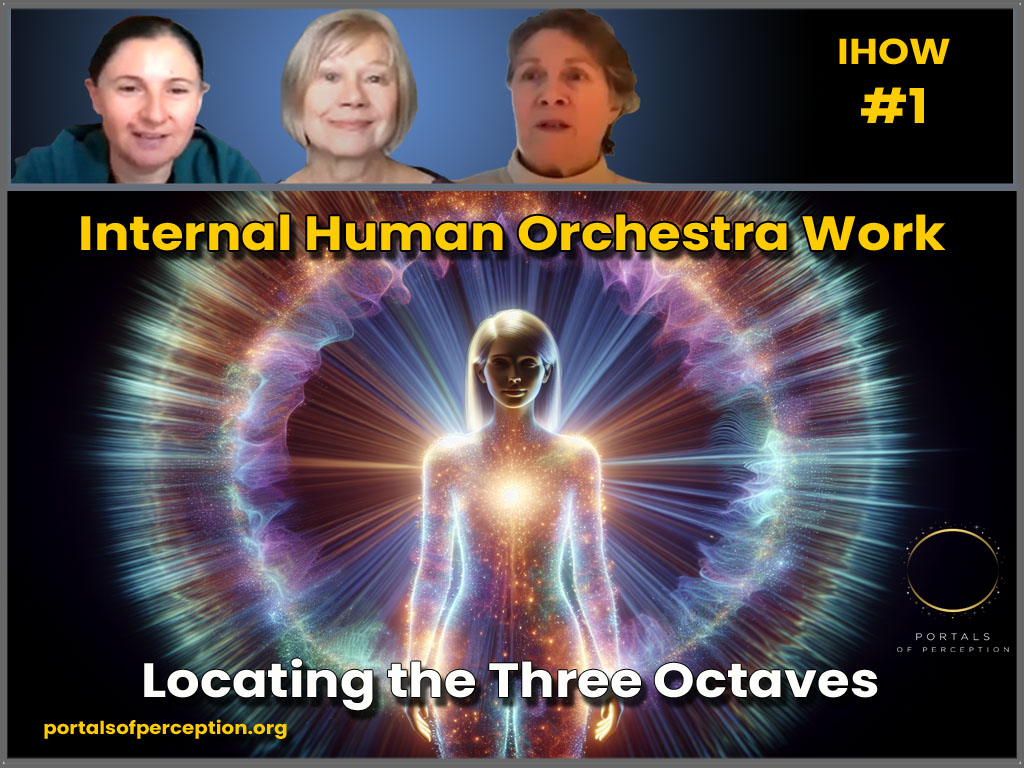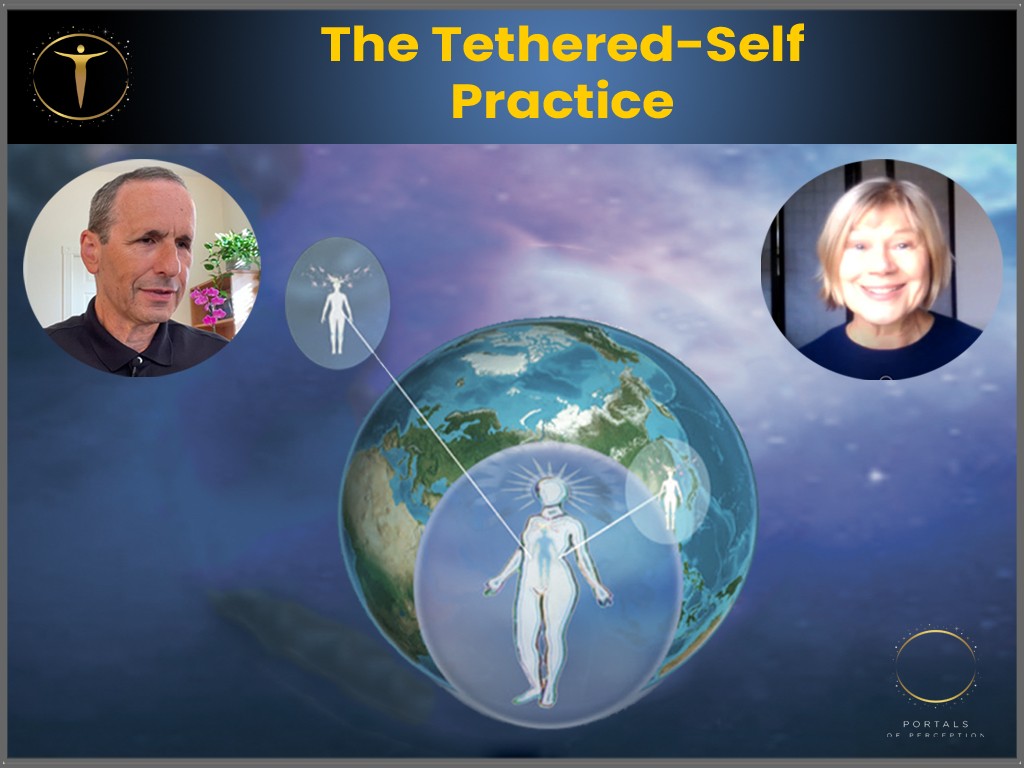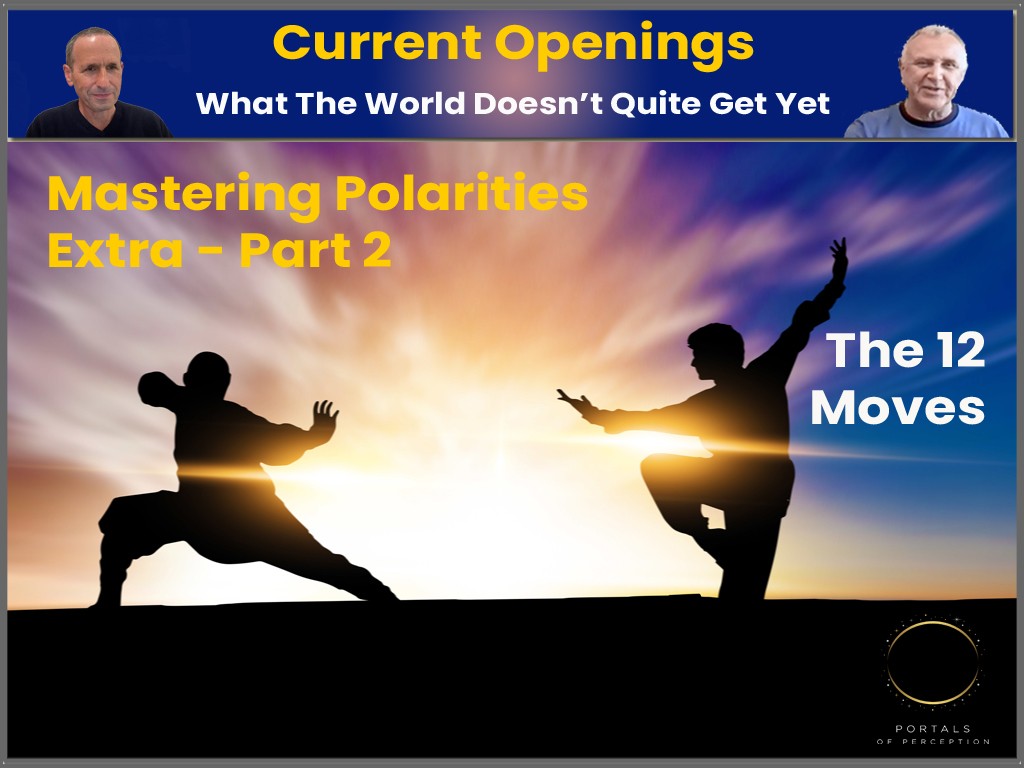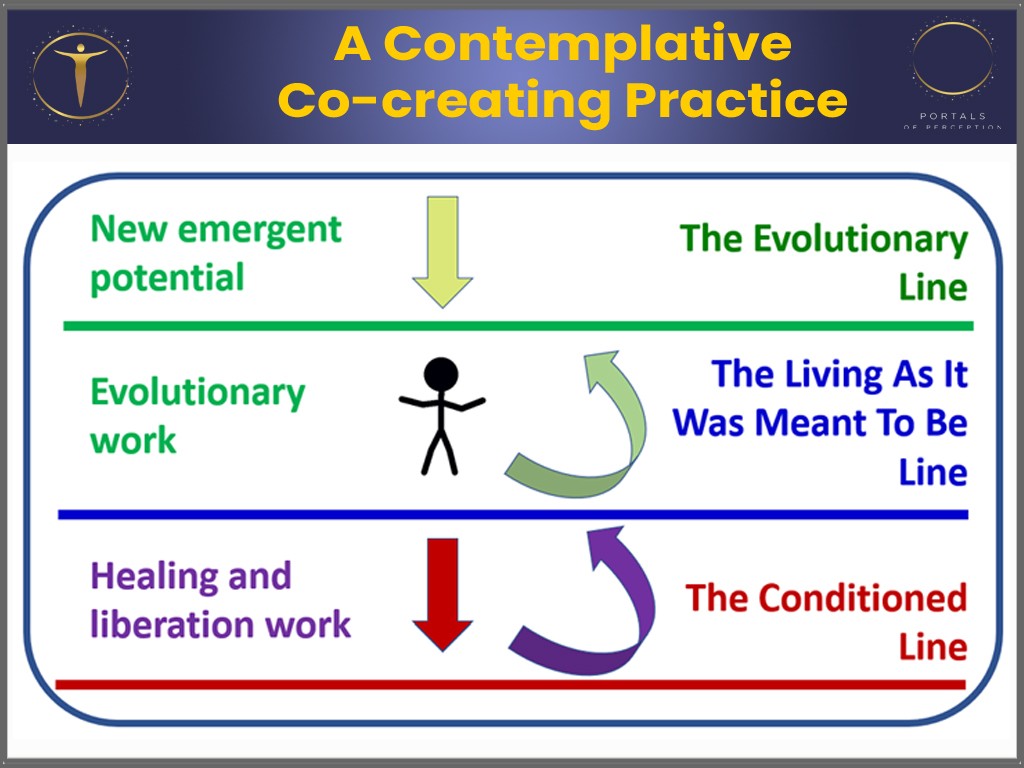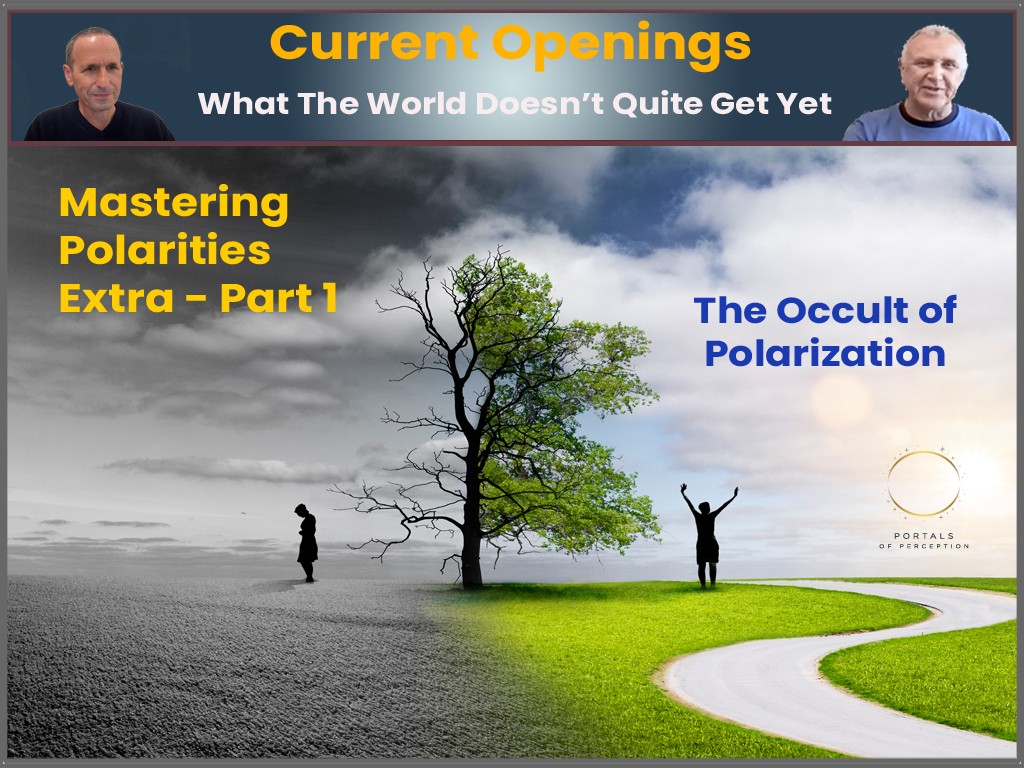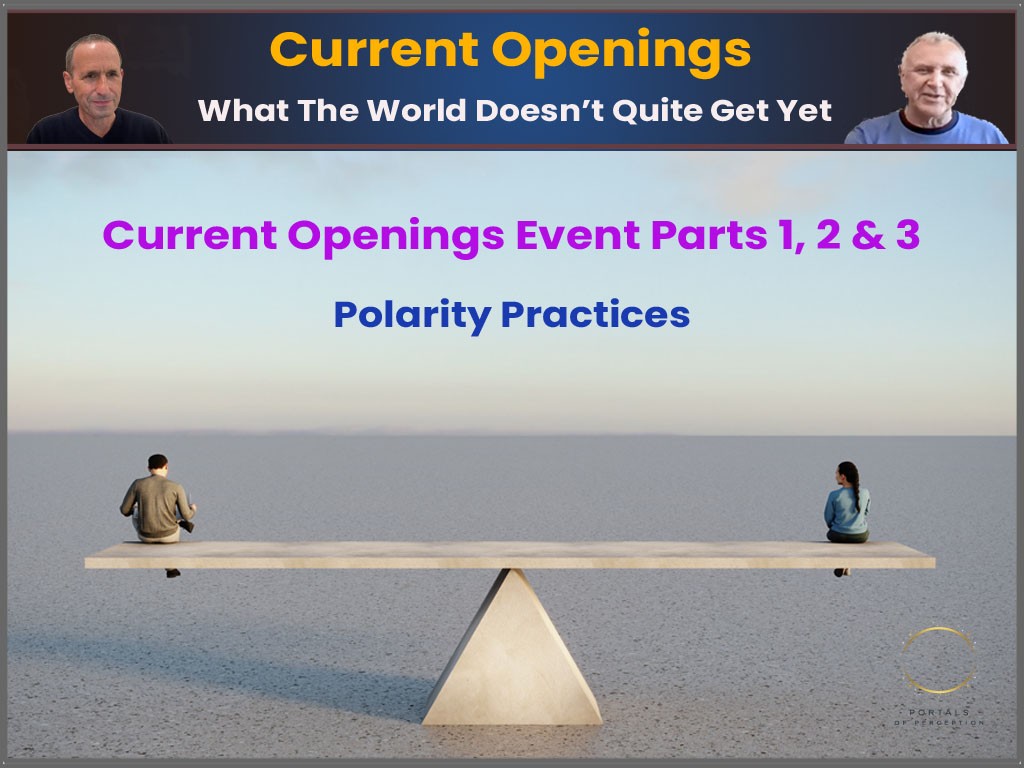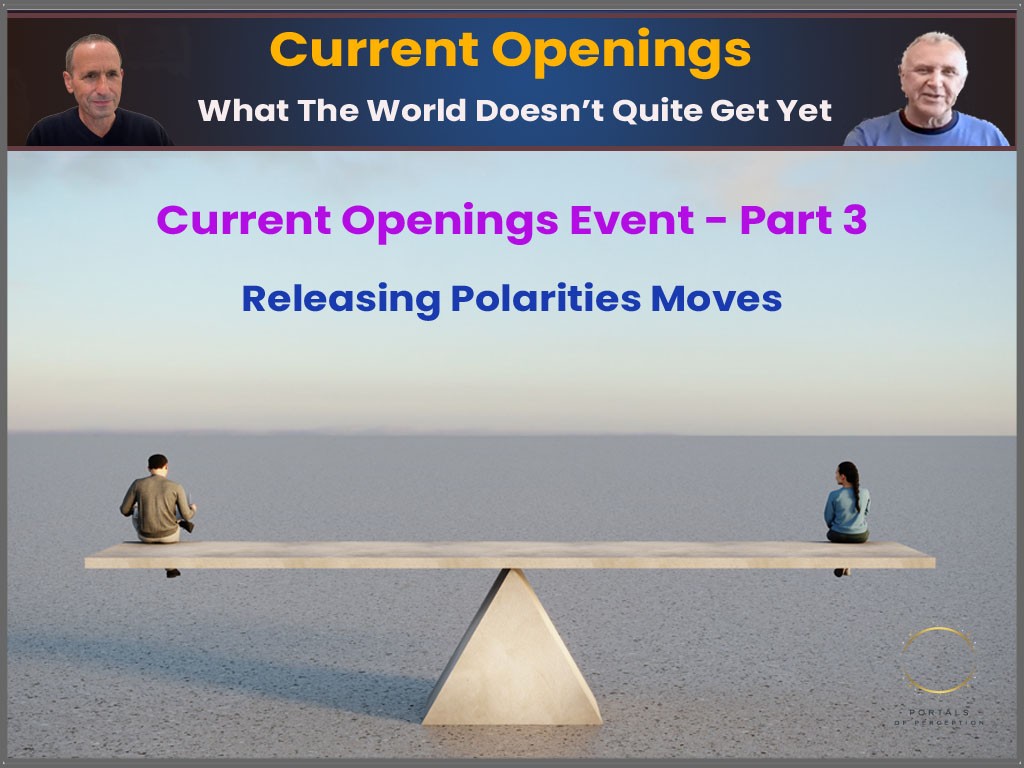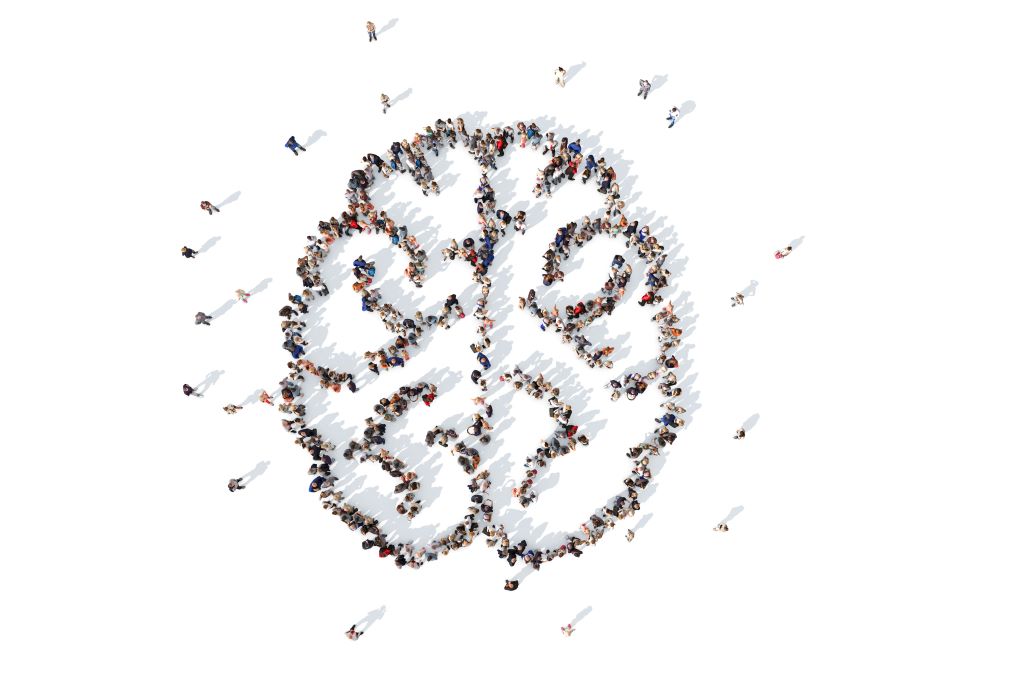
A colleague recently asked me this question: “What have you learned about helping a group of people unleash their capacity to access their collective intelligence?”
My initial response was that the inquiry is important, and that approaching collective intelligence as a general concept is incomplete and unsatisfying, and therefore often leads to uninspiring results.
If collective intelligence is on your radar and you want to help any group of people produce their highest impact by facilitating a shared intelligence-generating experience, I invite you to reflect on the questions and considerations I outline below.
You may be asking:
What is collective intelligence?
How do I facilitate collective intelligence with a group of people?
I propose that we come at this inquiry through a series of reflections, which will allow us to gain entry into the territory from the back door. Let me explain.
I started guiding groups in the youth movement in the Kibbutz in Israel at the age of 15. So for 45 years, as that work expanded, I have been designing and facilitating discovery, learning and transformational experiences with groups, cohorts, teams, and organizations. When I add to the hours of group engagement, the even greater portion of the meditative and contemplative methods I have used to design, prepare, and develop process pathways for many of these events, workshops and retreats, I have no way of telling if I am in 40,000 or 50,000 work hours or more.
More important than the number of hours invested in the above activities is the intentional focus I brought to them. Developing process pathways to help individuals and groups transform by creating breakthroughs has become first nature to me. When I’m not helping others develop and transform, I usually am working on my own development. That’s how I am wired, and that pattern has shaped my life’s work.
When I was 15, I made a surprising discovery one evening. I had led a trust-building activity with a group of 16 boys and girls three years younger than me on the dunes near a beach that was halfway between Tel Aviv and Natanya. After the practice, we came together in a circle to talk about the experience. As the circle conversation started, I suddenly realized that something miraculous was going on: I felt the current moving through the group, and I knew who was going to speak next and the tone he or she would bring forward. I also felt where the current stopped, and I found that by asking a simple question, I enabled that person to share what he wanted to say. It was as though some unknown internal capability had come alive on its own.
Since then, through my work with groups and teams on a professional level, I have honed my listening practices and skills, intuitions, flow-generating techniques, and behavioral modalities through experimentation and with the help of many practitioners. Some of my clients even have asked directly if there are psychic dimensions to our work together because, they said, I seem to be able to “channel their collective intelligence.” The truth is I simply have worked hard on paying attention.
"Systems large and small are seeking desperately to engage the collective intelligence by developing and applying a new operating system."
Now, having suggested that collective intelligence as a general idea is incomplete and unsatisfying, I propose to address each concept — “collective” and “intelligence” — separately before bringing them back together. In this I will offer three lenses to help you map the terrains of collectives. We will get to mapping the intelligence terrain in the future.
The terrain of collectives
There are different collectives that operate in diverse ways. If you rush toward the attractive prospect of collective intelligence without first taking the time to understand and appreciate the unique attributes of the collective you are approaching, you are likely to miss the mark. Here are three lenses you can apply to categorize and define a given situation so you can devise an appropriate approach and design and apply the necessary facilitation methods.
1. Content. Collectives can be defined by content, which may or may not be domain specific. For example, the groups of teachers, entrepreneurs, business executives, coaches, healers, and futurists I’ve worked with over the years each have domain-specific inquiries. I also have worked with groups whose propulsion was one of open inquiry that arises spontaneously. Avoiding a “one size fits all” approach is important. Embracing and centering the exploration on the content inquiry may or may not be central to the endeavor. For example, the process facilitation for a group of teachers may not be relevant for a group of business executives. The WHAT shapes part of the HOW.
2. Character. This collective dimension describes the character, dynamics and/or formation stage of a group’s development. For example, do the group members represent an ad hoc collection of individuals, a loosely associated network, an intentional community, a team with a shared mission and mutual accountability, or a higher, more defined contractual arrangement? Each of those five scenarios will encounter a different set of dynamics, challenges and opportunities. Here are some reflective inquiries to consider as you seek to understand the character of a given collective. Are the members in a terms-definition stage or have they developed a shared frame of reference? Do they have similar or opposing needs? Have they developed ways, means and rituals, or do they have a need and a desire to develop these? How are influence and decision power distributed? How do they manage together through a challenging crisis? The character and maturation of the group shapes the range of what it can do at that point.
3. Cause. The third lens, which often can be considered first, is the cause that brings the group together. What is the intent or purpose that brought them together? What do they aspire to do, to achieve, to become? Are they trying to develop intelligence about solving a global problem, say in education or in health policy? Do they want to create a coherent project strategy? Or are they seeking to facilitate personal discovery and insight? For example, there is a difference between being propelled by an inquiry of a community envisioning its next evolution when the cause is interior, versus serving an outside cause that it is compelled to address. Is this a collective endeavor about growth and improving services and experience, or about survival? By creating the energy and intensity of the endeavor, the propelling cause shapes what can and cannot be approached.
In the pursuit of generating collective intelligence, there are three lenses to help delineate the different collectives in which you may be involved. Everywhere you look today, near and far, you see organizations under stress. Small, large, and global systems are undergoing a leadership and efficacy crisis and an organizational and operational crisis. As I outlined in my letter to my granddaughter Talia, the breakdowns are symptoms of a civilizational phase-shift. Systems large and small are seeking desperately to engage the collective intelligence of the system by developing and applying a new operating system. A good place to begin is to appreciate the nature of the collective system, and to outline its needs and opportunities by applying these three lenses — content, character, and cause — as you develop the appropriate approach to promoting collective awareness, wisdom, and intelligence.
Lens 1: Content
Collectives can be defined by content, which may or may not be domain specific. Avoid a “one size fits all” approach. The WHAT shapes part of the HOW.
Lens 2: Character
This collective dimension describes the character, dynamics and/or formation stage of a group’s development. For example, do the group members represent an ad hoc collection of individuals, a loosely associated network, an intentional community, a team with a shared mission and mutual accountability, or a higher, more defined contractual arrangement? Each of those five scenarios will encounter a different set of dynamics, challenges and opportunities.
Lens 3: Cause
The third lens, which often can be considered first, is the cause that brings the group together. What is the intent or purpose that brought them together? What do they aspire to do, to achieve, to become? By creating the energy and intensity of the endeavor, the propelling cause shapes what can and cannot be approached.

Aviv Shahar
Aviv is the Founder of Aviv Consulting, helping leaders unleash strategic innovation, and is the author of Create New Futures: How Leaders Produce Breakthroughs and Transform the World Through Conversation.
In a future article, I will discuss how we can begin mapping the intelligence terrain. A fuller rendering of the categories of intelligence requires one or more books, but in the article I present an abbreviated starter into this vast territory.
